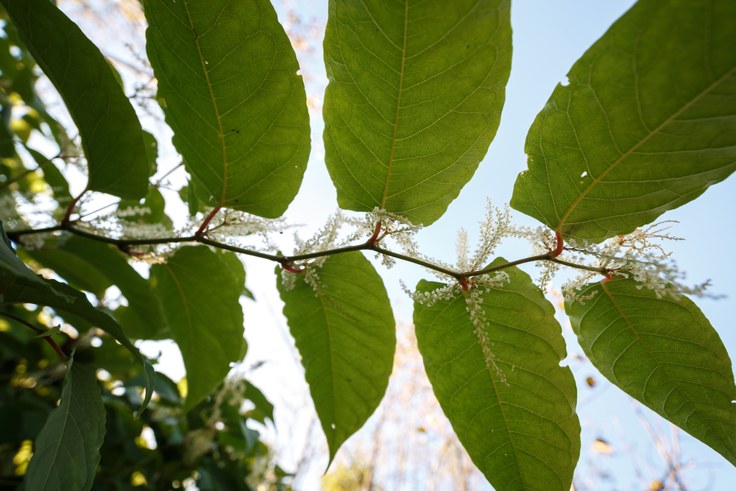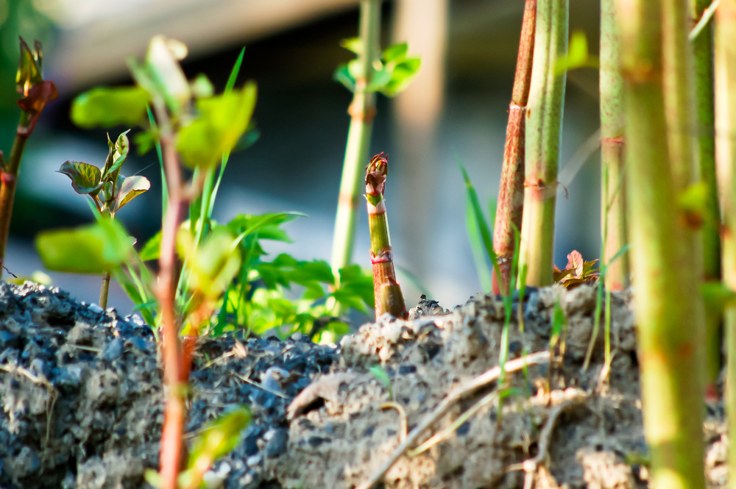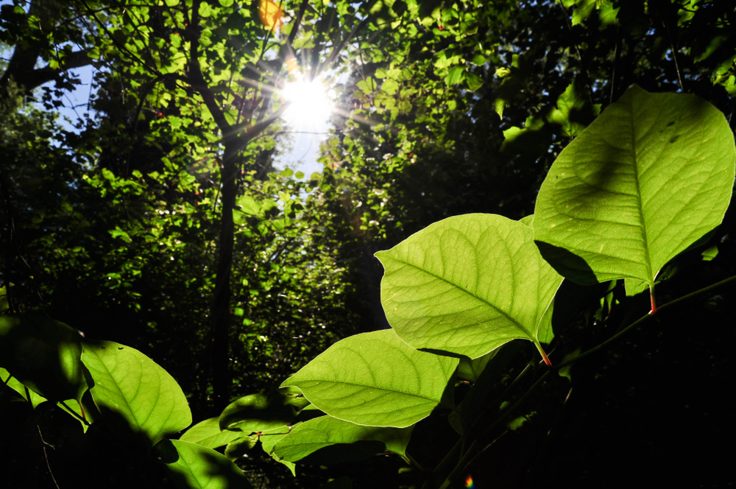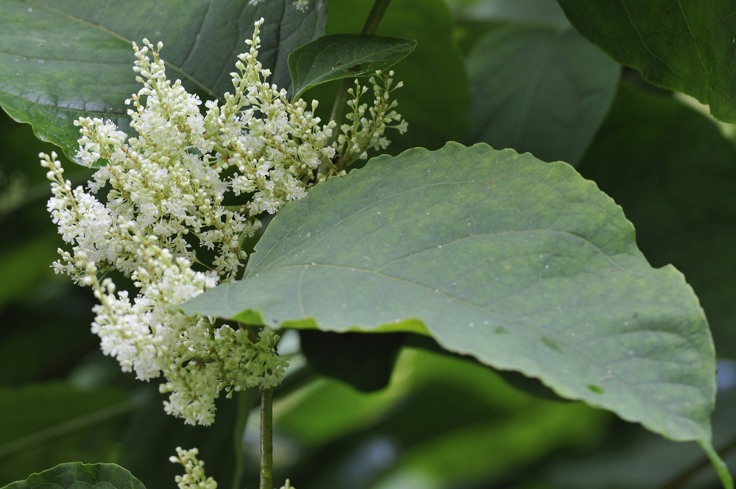
What To Do If You Find Japanese Knotweed
For most homeowners in the UK, their property is their most valuable asset. Unfortunately, Japanese knotweed can drastically reduce its market value. Even if treated, this highly invasive plant can still deter potential buyers. If you’re trying to sell a house with Japanese knotweed, knowing what you’re dealing with is crucial.This guide explains what Japanese knotweed is, how to identify it, removal options, legal implications, and what to do next.
Japanese knotweed is a non-native, invasive plant species scientifically known as Fallopia japonica. It was introduced in the nineteenth century and was initially praised as an ornamental plant, but it quickly became one of the UK’s most problematic weeds.
Its underground stems, known as rhizomes, can spread up to 7 metres horizontally, causing damage to foundations, driveways, drains, and garden walls. This makes Japanese knotweed removal essential before selling a property.
What does Japanese knotweed look like?

Photo credit: Erika J Mitchell / Shutterstock
If you’re asking “what does Japanese knotweed look like”? Here are some key identifiers:
- Reddish-purple shoots in early spring
- Zig-zag stems that resemble bamboo
- Heart- or shovel-shaped leaves arranged alternately
- Clusters of small cream flowers in summer (July–September)
- Hollow stems (much like bamboo canes)
- Brown stems in winter, once the plant has died back
Because of its similarity to plants like dogwood and bindweed, misidentification is common. If in doubt, get a professional to confirm it before taking action.
The short answer is yes – but it’s complicated. Mortgage lenders often refuse to lend on properties where Japanese knotweed is present, even if a treatment plan is in place. At the very least, they’ll want:
- A professional Japanese knotweed removal plan
- Proof of ongoing monitoring
- An insurance-backed guarantee
If you’re trying to sell quickly, your best bet may be to sell to a cash buyer, who can handle the problem after the sale. Be aware this usually means accepting an offer 10–20% below market value.

Photo credit: praiadotofo8400 / Shutterstock
How Japanese knotweed affects mortgages and insurance
Mortgage providers and insurers treat Japanese knotweed as a serious risk. Its ability to cause damage to underground infrastructure, such as drains and foundations, reduces property security and value.
Without a verified treatment plan:
- Your mortgage application may be rejected
- You may struggle to get buildings insurance
- Buyers may walk away from the deal
Neighbour’s Japanese knotweed: are you liable?
If Japanese knotweed from a neighbouring property spreads onto your land, you are not liable. In fact, you may be entitled to claim damages.
A key Court of Appeal ruling confirmed that:
- Landowners can be held responsible for allowing Japanese knotweed to spread
- You can pursue compensation for loss of value and the cost of removal
- Legal claims are valid even if the infestation occurred years ago
In some cases, you may need to contact the council’s Japanese knotweed team or environmental services to escalate the issue.
Japanese knotweed can be found across most of the UK, particularly in urban areas like:
- London
- Bristol
- Birmingham
- Cardiff
- Liverpool and Manchester
Before buying a new home, use Environet’s knotweed tracker map to check for nearby infestations. This tool lets you see whether there have been confirmed sightings within a 5-mile radius.
Japanese knotweed removal: How to get rid of it
Removing Japanese knotweed is not something you can do with a basic garden spade or strimmer. In fact, trying to remove it yourself can cause it to spread more aggressively.
Professional Japanese knotweed removal options
1. Herbicide treatment
- Best for homeowners planning to stay long-term
- Takes 2–3 years to fully suppress growth
- Must be applied professionally for guaranteed results
2. Excavation and removal
- Ideal for sellers needing fast action
- Removes both above-ground and rhizome systems
- Much more expensive than herbicide
Don’t be tempted by do-it-yourself methods; even a small fragment of root can regrow. Always seek a certified Japanese knotweed removal company to handle it properly.
Who to contact for Japanese knotweed removal
Here are trusted national experts in the UK:
- Environet UK
- Japanese Knotweed Ltd
- Property Care Association (PCA)
- INNSA (Invasive Non-Native Specialists Association)
These companies provide verified treatment plans, monitoring, and insurance-backed guarantees, which are essential if you’re selling a home with Japanese knotweed.
How much does Japanese knotweed removal cost?
Prices vary depending on:
- The area affected (in square metres or yards)
- Treatment method (chemical vs excavation)
- Property access and landscaping obstacles
Typical Japanese knotweed removal costs:
- £1,000+ per visible square yard for excavation
- £2,000–£5,000 for a standard herbicide programme
- Up to £10,000+ for large or complex sites
Get at least three quotes before choosing a contractor, and always request a long-term guarantee.

Photo credit: Martin Fowler / Shutterstock
FAQs: Selling a house with Japanese knotweed
What does Japanese knotweed look like in winter?
Can you sell a house with Japanese knotweed on the property?
Should I contact council Japanese knotweed services if my neighbour won’t act?
Can Japanese knotweed come back after removal?
Is DIY Japanese knotweed removal legal?
Don’t let Japanese knotweed ruin your sale
Selling a house with Japanese knotweed is challenging, but not impossible. Early identification, fast action, and the right removal partner are key to protecting your home’s value and ensuring a smooth sale.
If you’re unsure what to do next, contact your local council’s Japanese knotweed team, consult a professional removal company, or speak to a specialist cash buyer like Sell House Fast.
If you have found it hard to sell your house because of Japanese knotweed, you can always sell with us. We guarantee the sale of your home; in fact, the presence of Japanese knotweed makes no difference at all. We’ll make you an offer regardless, and if you accept it, we can complete the process in just seven days. Why not speak to our team today and learn how we buy any house for cash?
Feature image credit: Vasilii Aleksandrov / Shutterstock


